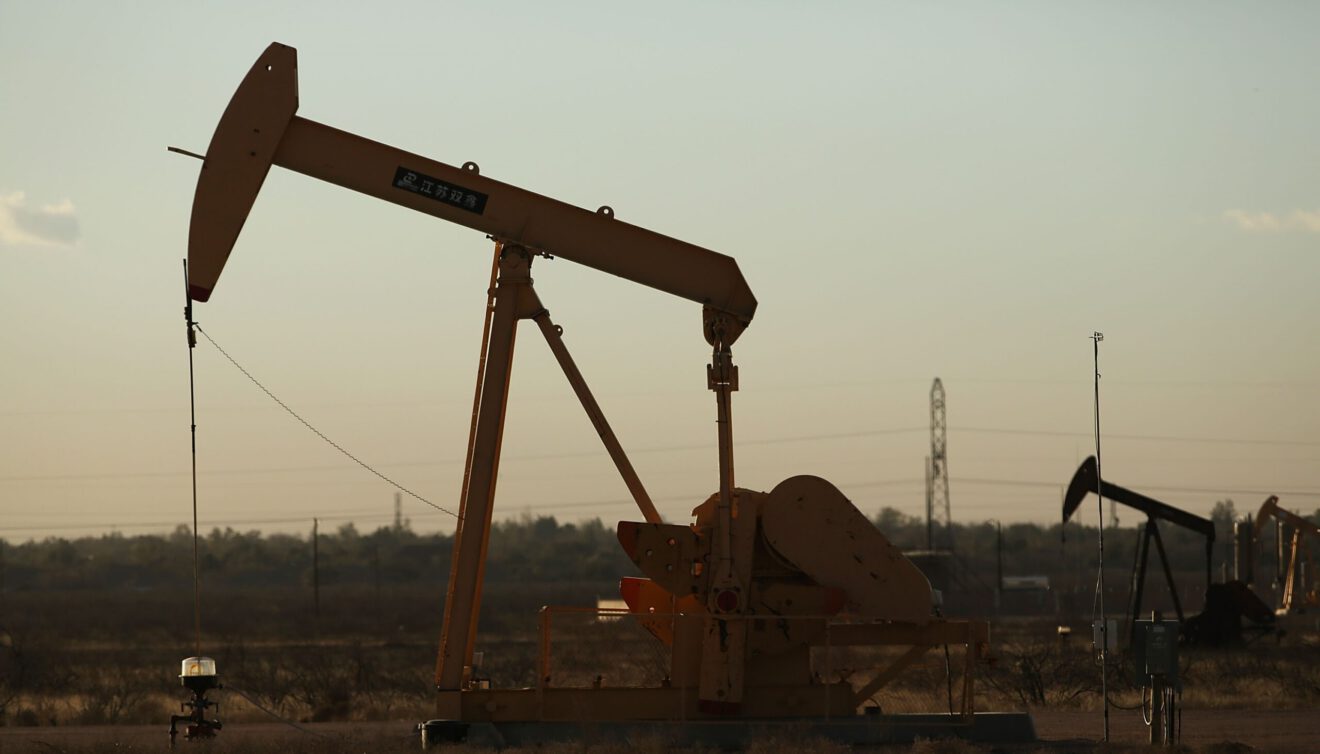SmartBrief chatted with the American Petroleum Institute’s Frank Macchiarola, senior vice president of Policy, Economics and Regulatory Affairs, about the challenges facing the petroleum industry leading up to 2021 and beyond.
Low-carbon energy is on the agenda for countries around the world. How are API members rising to the challenge of using and providing greener energy?
The US oil and natural gas industry has been in a state of transition throughout its history and is constantly evolving to meet new challenges. This progress includes developing and delivering solutions that reduce the risks of climate change while meeting the world’s growing energy needs.
The shift from coal to natural gas in power generation has enabled the US to lead the world in reducing emissions, and US liquefied natural gas exports can help accelerate environmental progress across the globe. In fact, API’s recent lifecycle analysis of US LNG exports to China, Germany and India shows, on average, US LNG produces 50.5% fewer greenhouse gas emissions than coal in all base-case scenarios for electricity generation. Our industry is also investing billions of dollars in greenhouse gas mitigation strategies, including end-use technologies like carbon capture, utilization and storage (CCUS). This technology is designed to remove carbon dioxide from industry operations – and even directly from the air – and convert it into marketable commodities or recycle it for use in enhanced oil recovery.
Further, industry-led initiatives like The Environmental Partnership have established a model for collaboration toward emissions reductions and energy solutions. Today, the Partnership includes 36 of the top 40 U.S. natural gas producers, all committed to reducing emissions of methane and volatile organic compounds in America’s largest energy-producing regions.
Preparing for the future of energy will be no small task, but with forward-focused policies and industry-led innovations, we can address our long-term need for affordable, reliable energy while reducing greenhouse gas emissions.
How has technology changed or improved operations for API members?
The people of America’s oil and natural gas industry are innovators, with a history of taking unique and technology-driven approaches to problem-solving in the energy space. We innovate to bring energy to Americans safely and efficiently, recognizing that energy is essential to Americans’ security and the foundation of individual opportunity and well-being. We also support the innovation of others, supplying fuels, products and the chemical building blocks needed to foster growth, prosperity, discovery and human development.
We innovate to better locate and develop oil and natural gas reserves thousands of feet under-ground and tens of thousands of feet in the deep sea. With cutting-edge imaging technologies, knowledge of petrophysics and the use of algorithmic data analysis, operators can understand where to explore in a given geologic profile. And, thanks to the technical ability to drill horizontally for thousands of feet in any direction from a single vertical shaft, our surface footprint is smaller, and there’s greater production and cost efficiency with each well.
There’s innovation once the well is developed, with portable control rooms that resemble those at NASA, managing hydraulic fracturing to safely release natural gas and oil molecules from tightrock formations – uneconomic just a decade or so ago. More energy is being developed through advancements in hydraulic fracturing, sand volume, spacing, lateral placements and enhanced recovery technologies. With fiber optics and other technologies, operators can monitor and manage downhole activity, including the process of completing a drilled well to start the flow of oil and natural gas.
Our companies are even investing in enhancing other energy sources, such as solar, wind and advanced biofuels, including those made from algae and cellulosic sugars.
This year had been challenging for the petroleum industry. What trends do you see emerging now that a vaccine is on the horizon?
The oil and natural gas industry faced some significant challenges this year, including an unprecedented market imbalance as a result of reduced economic activity stemming from measures to mitigate the spread of COVID-19. While much uncertainty remains, we are optimistic for the year ahead and the prospect that vaccines are now likely shift the trajectory of this pandemic, allowing for the further recovery of economic activity and demand for energy.
In the long-term, the outlook for our industry remains strong with the world continuing to demand more energy to support expanding economies, increasing populations and rising standards of living. With greater global economic expansion and an increase in the size of middle-class populations, world energy usage is estimated to increase by nearly fifty percent by 2050, with more than half of that demand coming from oil and natural gas.
